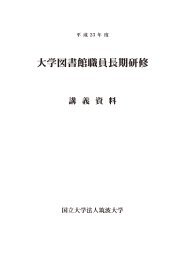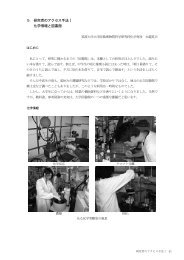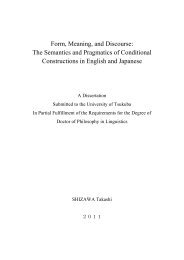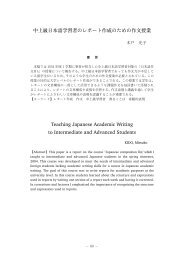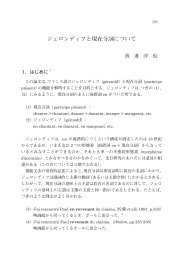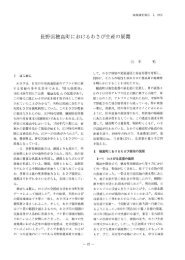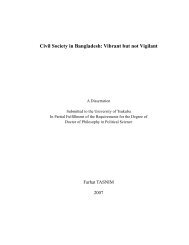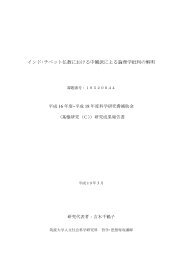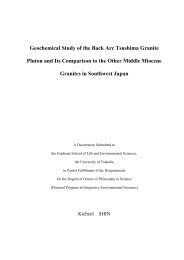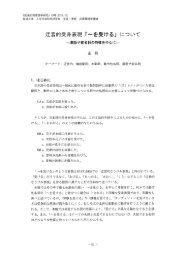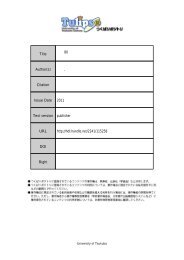Gamma Rays and CarbonIon-Beams Irradiation for Mutation ...
Gamma Rays and CarbonIon-Beams Irradiation for Mutation ...
Gamma Rays and CarbonIon-Beams Irradiation for Mutation ...
Create successful ePaper yourself
Turn your PDF publications into a flip-book with our unique Google optimized e-Paper software.
4. 2. 1. 4. Post-irradiation management<br />
After the evaluation of the explants growth at the laboratory,<br />
each treatment/cultivar growing in the Erlenmeyer flask were propagated<br />
three times using the same composition of the liquid medium mentioned<br />
above, in order to increase the number of explants <strong>for</strong> nursery <strong>and</strong> field<br />
conditions experiments, that were conducted in Ecuador. They regenerated<br />
into shoot tips <strong>and</strong> then they were planted individually into a test tube<br />
containing 10 mL of MS solid medium. Additionally, 0.5 mg of activated<br />
carbon <strong>for</strong> rooting was added by applying on the solid medium surface. A<br />
total of 1707 rooted plantlets were sent to Ecuador (December, 2005) in<br />
autoclaved plastic bags. Processing plants <strong>for</strong> bagging is shown in Fig. 23.<br />
The numbers of plantlets per cultivar/doses were as follows: <strong>for</strong><br />
‘Williams’ in the doses of 0 (94), 0.5 (95), 1 (105), 2 (95), 4 (32), 8 (87),<br />
16 (103), 32 (70), 64 (95) <strong>and</strong> 128 Gy (60). For ‘Cavendish Enano’ in the<br />
doses of 0 (55), 0.5 (95), 1 (95), 2 (100), 4 (80), 8 (40), 16 (80), 32 (53), 64<br />
(53) <strong>and</strong> 128 Gy (100). The materials were found free of viruses such as<br />
Banana Bunchy Top Virus (BBTV), Banana Bract Mosaic Virus (BBMV)<br />
<strong>and</strong> Banana Streak Virus (BSV) by using ELISA virus indexing technique.<br />
They also were free of any other pest <strong>and</strong> disease including nematodes,<br />
Mycosphaerella fijiensis, Fusarium oxisporum, <strong>and</strong> so <strong>for</strong>th.<br />
The plantlets arrived in the Laboratory of Biotechnology of the<br />
Estación Experimental Tropical Pichilingue, Instituto Nacional Autónomo<br />
de Investigaciones Agropecuarias (INIAP), Ecuador. Immediately, the bags<br />
containing the plantlets were kept in the tissue culture room at 26 o C <strong>and</strong><br />
light conditions <strong>for</strong> two days to recover photosynthesis. When arrived, the<br />
banana material showed injured probably occurred during transportation<br />
(Fig. 24).<br />
77



